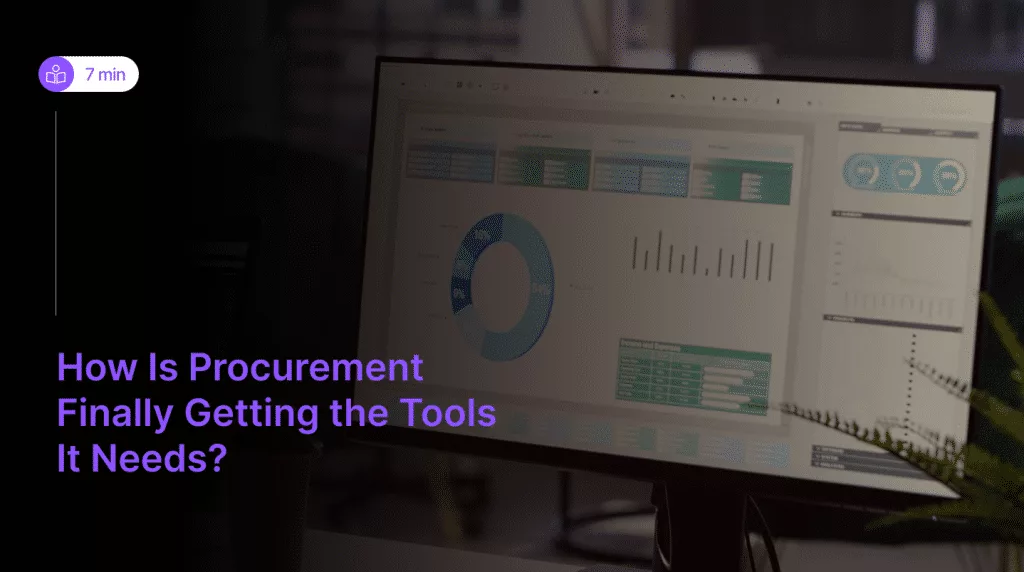
In today’s fast-paced digital landscape, businesses are constantly seeking innovative ways to enhance efficiency, reduce errors, and deliver products and services to market faster. One such groundbreaking approach is the integration of DevOps practices to automate and optimize business processes and workflows.
The convergence of development (Dev) and operations (Ops) not only accelerates software delivery but also revolutionizes how organizations manage their entire operational ecosystem. In this blog, we’ll delve into the transformative power of DevOps, explore key strategies for its implementation, and uncover the real-world impact it can have on businesses of all sizes.
The DevOps Advantage
DevOps is more than just a buzzword; it’s a methodology that reshapes the entire software development lifecycle. By fostering collaboration between development and operations teams, DevOps eliminates traditional silos and encourages a culture of continuous integration, continuous delivery (CI/CD), and continuous monitoring.
According to a recent survey by DevOps Research and Assessment (DORA), organizations that embrace DevOps practices experience 46 times more frequent deployments and a 440 times faster lead time from commit to deploy. These impressive statistics highlight how DevOps can drastically accelerate time-to-market and enhance customer satisfaction.
Implementing DevOps for Business Process Automation
1. Process Analysis and Mapping
Begin by identifying manual, repetitive, and error-prone processes within your organization. Map out these processes to understand their flow and pain points.
2. Automation Selection
Prioritize processes that are ideal for automation. These could include code deployments, infrastructure provisioning, and performance monitoring. Tools like Jenkins, Ansible, and Kubernetes offer robust automation capabilities.
3. Infrastructure as Code (IaC)
IaC allows you to define and manage your infrastructure through code, enabling consistent and reproducible deployments. This approach reduces configuration drift and minimizes human errors.
4. Continuous Integration and Continuous Deployment (CI/CD)
Adopt CI/CD pipelines to automate the build, test, and deployment stages of your software development. This ensures that code changes are automatically tested and deployed, reducing the risk of defects reaching production.
5. Monitoring and Feedback Loops
Implement monitoring tools that provide real-time insights into application performance and user behavior. Utilize feedback loops to continuously improve and optimize processes based on data-driven insights.
As businesses strive for competitiveness and agility in an ever-evolving landscape, the integration of DevOps automation emerges as an indispensable strategy.
Beyond accelerating software delivery, DevOps-driven automation streamlines business processes, enhances security measures, and fosters a culture of collaboration and innovation.
Realizing Business Benefits
The impact of DevOps-driven automation is profound, leading to several quantifiable benefits:
1. Enhanced Efficiency
By automating repetitive tasks, businesses can allocate resources more strategically, allowing employees to focus on high-value activities. This results in increased productivity and faster time-to-market.
2. Reduced Errors
Automation reduces the likelihood of human errors, leading to improved system stability and reliability. In fact, the National Institute of Standards and Technology (NIST) reported that software bugs cost the U.S. economy an estimated $59.5 billion annually.
3. Cost Savings
Automation reduces operational costs by optimizing resource utilization and minimizing the need for manual intervention. A study by McKinsey found that automation can save businesses up to 20% of their operating costs.
4. Innovation Acceleration
With operational tasks streamlined, development teams can allocate more time to innovation and creating new value-added features for customers.
By embracing these practices, organizations position themselves at the forefront of the automation revolution, poised to reap the benefits of increased efficiency, reduced errors, and sustained growth.
Security Integration in DevOps Automation
Ensuring the security of digital assets and sensitive data is a paramount concern for any organization. Fortunately, DevOps automation can also play a pivotal role in enhancing security measures. Here’s how:
1. Security as Code (SaC)
Integrate security into the development process by treating security configurations and policies as code. This enables automated security checks and audits throughout the CI/CD pipeline, identifying vulnerabilities early in the development lifecycle.
2. Automated Compliance
DevOps automation facilitates adherence to regulatory and compliance standards by automating audit trails, documentation, and reporting. This not only reduces the risk of non-compliance but also simplifies the process of passing audits.
3. Vulnerability Scanning
Implement automated vulnerability scanning tools that continuously assess your applications and infrastructure for potential security weaknesses. By addressing vulnerabilities proactively, businesses can mitigate the risk of data breaches and cyber-attacks.
Cultural Transformation and Skill Development
The successful adoption of DevOps automation is not solely reliant on technology—it requires a fundamental shift in organizational culture and skill development. Here’s how to navigate this crucial aspect:
1. Cultural Alignment
DevOps automation thrives in a culture of collaboration, transparency, and shared responsibility. Encourage cross-functional teams to work together, share knowledge, and collectively own the end-to-end delivery process.
2. Upskilling and Training
As automation reshapes traditional roles, invest in training programs to equip employees with the necessary skills to manage automated processes, utilize new tools, and adapt to evolving roles.
3. Change Management
Introduce changes gradually, communicate their benefits clearly, and provide ample support to employees transitioning to new ways of working. This mitigates resistance and ensures a smoother cultural transformation.
4. Measuring Cultural Impact
Just as you measure technical metrics, track cultural changes and employee satisfaction. Regular surveys and feedback loops can provide insights into the effectiveness of your cultural transformation efforts.
Conclusion
The automation revolution powered by DevOps is reshaping the business landscape. By breaking down silos, fostering collaboration, and implementing robust automation practices, organizations can achieve unprecedented levels of efficiency, reliability, and innovation. As we move forward, the question is not whether to embrace DevOps, but how quickly businesses can harness its transformative potential. Are you ready to lead the automation revolution and unlock a new era of operational excellence?
Embrace DevOps, and propel your business into the future of automation and efficiency. The time to act is now.



